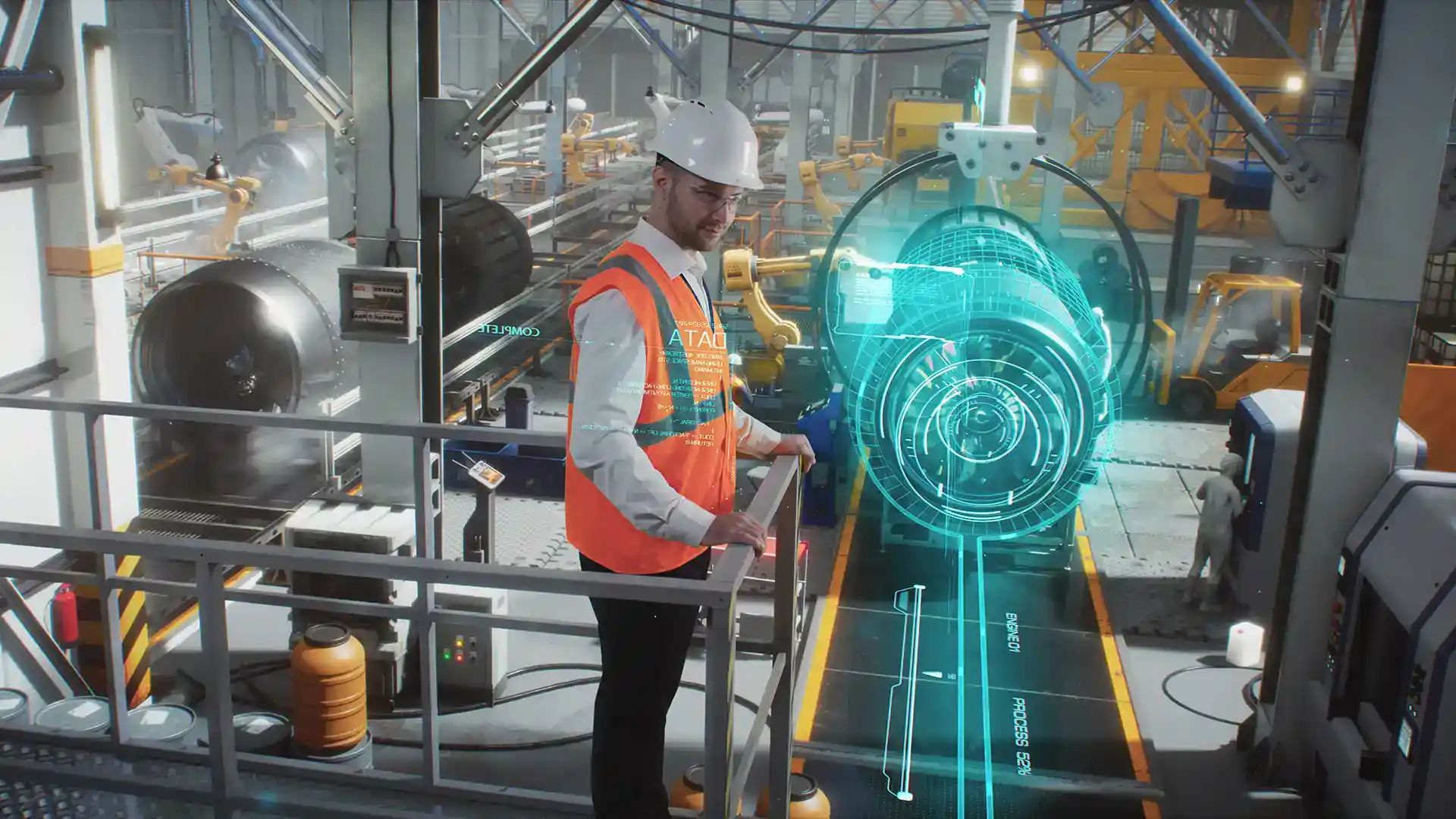The Evolution from ETO to CTO: How CPQ is Shaping Modern Manufacturing

Manufacturing has always been a complex and dynamic industry. As customer demands continue to evolve, so must the processes that manufacturers use to meet those demands. Traditionally, many manufacturers operated under the Engineer-to-Order (ETO) model, where each product was designed and engineered specifically for a customer order. While this approach allowed for high levels of customization, it also came with significant drawbacks, such as long lead times, high costs, and inefficient use of resources. In response, many manufacturers are now shifting to a Configure-to-Order (CTO) model, where products are configured from predefined modules, allowing for faster production and lower costs. The evolution from ETO to CTO represents a significant shift in how manufacturers approach production, and Configure, Price, Quote (CPQ) solutions are at the heart of this transformation.
From ETO to CTO: The Need for Change
The ETO model has long been the standard in industries where customization is key. As the demand for personalized products grows, traditional manufacturing approaches are increasingly under pressure. A custom machinery manufacturer, once thriving under the Engineer-to-Order (ETO) model, is now facing mounting challenges-extended lead times, rising costs, and complex logistics. This pivotal moment calls for a shift to Configure-to-Order (CTO), powered by advanced CPQ solutions. Just as the transition from monolithic to microservices architecture revolutionized software development, this evolution in manufacturing processes is enabling companies to offer customization with efficiency, reducing complexity while meeting customer demands more effectively.
However, as market conditions change and customer expectations rise, the limitations of the ETO model have become increasingly apparent:
- Long Lead Times: ETO requires extensive engineering work for each new order, leading to delays in production and delivery.
- Complex Design Processes: Each product must be designed from scratch, leading to long design cycles.
- Production Delays: The need for custom components and processes can lead to delays in production.
- High Costs: Custom engineering efforts increase costs, both in terms of time and materials.
- Labor Costs: Skilled labor is required to design and engineer each product.
- Material Costs: Custom components often come at a higher cost than standardized parts.
- Inefficient Use of Resources: The need for constant collaboration between sales and engineering teams often leads to inefficient use of human and technical resources.
- Resource Allocation: Engineering teams are tied up in custom projects, leaving little time for innovation and improvement.
- Sales Bottlenecks: The sales process is slowed by the need for constant back-and-forth with engineering teams.
The Shift to CTO: A New Approach to Manufacturing
The CTO model offers a solution to the challenges of ETO by allowing manufacturers to offer customization through predefined modules. This shift enables companies to:
- Reduce Lead Times: By configuring products from existing components, manufacturers can fulfill orders faster.
- Predefined Modules: Using standardized components to create customizable products.
- Streamlined Production: Reducing the need for custom components and processes.
- Increase Efficiency: Standardizing modules reduces the need for custom engineering, allowing teams to focus on innovation and improvement.
- Efficient Use of Resources: Freeing up engineering teams to work on new projects and innovations.
- Improved Workflow: Streamlining the production process to reduce bottlenecks.
- Lower Costs: Predefined configurations minimize the need for bespoke solutions, leading to cost savings.
- Cost-Effective Production: Reducing the need for custom components and processes.
- Reduced Labor Costs: Freeing up skilled labor to work on new projects and innovations.
The Role of CPQ in the Shift to CTO
CPQ solutions are essential in the shift from ETO to CTO, providing the tools and processes necessary to configure, price, and quote customizable products quickly and accurately. CPQ enables manufacturers to:
- Automate the Configuration Process: By automating the configuration process, CPQ reduces the need for custom engineering, allowing manufacturers to fulfill orders faster.
- Predefined Configurations: Using standardized components to create customizable products.
- Automated Workflows: Streamlining the configuration process to reduce lead times.
- Ensure Accurate Pricing: CPQ tools ensure that pricing is consistent and accurate, taking into account all relevant factors such as costs, discounts, and market conditions.
- Dynamic Pricing: Adjusting prices based on real-time data and market conditions.
- Consistent Pricing: Ensuring that pricing is consistent across all sales channels.
- Streamline the Quoting Process: CPQ tools streamline the quoting process, allowing sales teams to generate quotes quickly and accurately.
- Automated Quoting: Reducing the time it takes to generate a quote.
- Approval Workflows: Ensuring that quotes are approved before they are sent to the customer.
Conclusion
The evolution from ETO to CTO represents a significant shift in how manufacturers approach production. By adopting the CTO model and leveraging CPQ solutions, manufacturers can reduce lead times, increase efficiency, and lower costs, all while meeting the growing demand for customized products.
At SLK, our extensive experience in manufacturing and IT positions us as the ideal partner to help you transition from Engineer-to-Order (ETO) to Configure-to-Order (CTO) seamlessly. With 24 years of complex configurator implementation experience and deep knowledge of multiple CPQ and price optimization software, we can guide you through this evolution, ensuring that your products are configured accurately, priced competitively, and delivered efficiently. Our domain experts and architects are here to support you every step of the way, helping you unlock the full potential of CTO processes and streamline your operations for success in the digital age.




